Guest blog by Dr Camilla Benfield, a Lecturer at the Royal Veterinary College, who attended ‘Extinction and Livestock’, a conference organised by Compassion in World Farming and WWF, held in London, 5-6 October 2017.
‘Where you stand depends on where you sit’, Dr Jimmy Smith reminded delegates at ‘Extinction and Livestock’. The punchy yet binary conference title I found unsettling, being as I am an academic prone to a spot of verbosity who favours more words = more nuance.
The standing/sitting co-localisation theory is actually Miles’ Law (1). Miles coined it in the context of US bureaucratic politics in the late 1940s, but it is the (abiding?) premise that people see things from their own and their organisations’ perspectives. The overarching message from numerous talks was clear: eating less meat would help save the planet and solve extinction. However, Jimmy Smith, the Director General (DG) for the International Livestock Research Institute (ILRI), softened this line by proposing that ‘livestock could be the solution’. Although – like us all – he ‘sits in a particular place’, in his case the governance of ILRI, he made some points that I found particularly persuasive.
At Number 1, Stop Generalising. He alluded to certain figures that are bandied about (e.g. the percentage contribution of livestock to greenhouse gas emissions) which are extrapolated from extreme/minority production sectors. Clearly, there is a wide diversity of farming systems globally, many of which are on some sort of spectrum between the ‘extensive’ and ‘intensive’ extremes, and it is important to distinguish these in the conversation. On my radar were remarks from several speakers on influenza – my research specialism – which were at best over-simplified and at worst misleading. Bird ‘flu and swine ‘flu are not simply the product of intensification; and I would hope that my students at RVC would spot the fallacy, stated – and left unchallenged at the conference – that influenza virus had been ‘stable’ for a number of years since the 1918 Spanish Flu Pandemic (!). Jimmy Smith also reminded us that there is no equivalence, or moral comparability between poor choice and no choice. Indeed, much of the earlier discussion had revolved around the impact of food choices: motivating on a personal level but clearly skewed towards consumers rich in choice and resources. A large proportion of the world’s population does not have the luxury of ‘making a political decision with each bite’ and mostly rising incomes in developing countries lead to increases in dietary diversity and consumption of meat. FAO recognizes that ‘the livestock sector is a powerful engine for the development of agriculture and food systems’ (2) and ILRI’s DG said in his talk that 8 of the Sustainable Development Goals depend on livestock production in order to meet them. Other speakers highlighted the need to re-frame our view of farmland, not simply as a source of meat, but as valuable, potentially biodiverse ecosystems, managed as such. Mixed arable and livestock farming was also promoted as a means to reverse soil degradation and poor productivity, and contrasted with feedlot systems in which manure usually pollutes not fertilizes.
Overall it seems we need to embrace a holistic approach to mitigating the impact of livestock on the remainder of the biosphere, and a pluralistic one, where different solutions will suit the wide variety of different environments, farming and food systems. Plus, perhaps those of us who can exercise food choice need to consider that luxury, be better informed and take more mindfully our bite-by-bite decisions?
If we want to work between disciplines towards a holistic approach to preserve the biosphere and its health, we would do well to remember Miles’ truism: we are all the products of our unique experiences, innate predilections and (variably!) organisational affiliations. However, to make progress we need to discipline ourselves to see things from where others are sitting. We must have a mixed-up seating plan. This might just be the essence of ‘One Health’??!
References:
- Miles, R.E. 1978. Public Administration Review; 38:5. ‘The Origin and Meaning of Miles’ Law’.
- High Level Panel of Experts (HLPE) Report 10, 2016: ‘Sustainable agricultural development for food security and nutrition: what role for livestock?’
- Compassion in World Farming 2017. ‘Towards a Flourishing Food System’ (Report which accompanied the conference Extinction and Livestock).
Photo credits: Lauren Blake.
The views and opinions expressed in this article are those of the author(s) and do not necessarily reflect the official policy or position of IFSTAL, the Royal Veterinary College or other affiliated bodies.
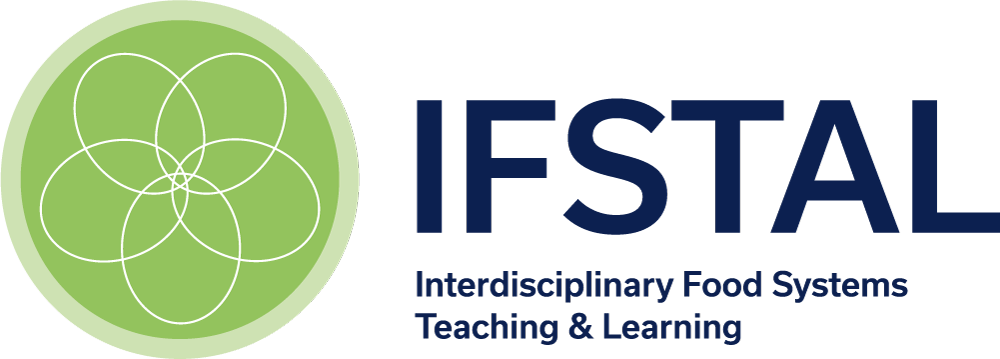

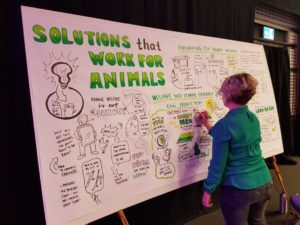
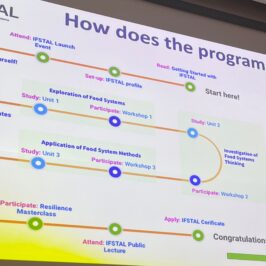

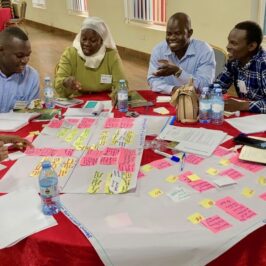
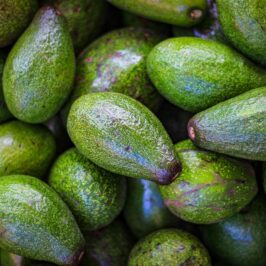
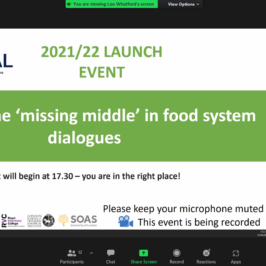
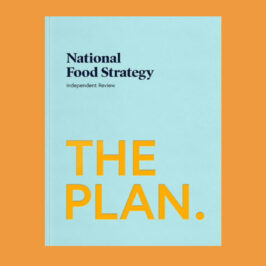
One Response
Richard Kock
Camilla et al.
Enjoyed the blog and sorry to miss the meeting which was a good effort to bring a disparate community together. I share Camilla’s view that we need to sit around the table and put our disciplinary hats to one side and listen to each other. Also that we need to take care with generalisations which abound in the veg – meat livestock climate debate. This is because too many of us see the world through the computer and internet lens and not real world. Context and the farm or environment itself and biodiversity therein is everything in my opinion and that is where we should start to look not at the screen.
However as one of the “stop the fallacy” crew at RVC I disagree with Camilla’s suggestion that the Bird Flu emergence and Swine Flu was not to do with the intensification of the industry. I see evidence that strongly supports this view. See VijayKrishna et al 2008, 2011 and Garten et al 2009 if you want convincing. The cladogenesis is striking and correlates with the rapid investment in and growth in the poultry and pig industries over the last decades. I don’t believe this is chance or a spill over from nature. There is a force here. Good to join the debate. Sincerely Richard